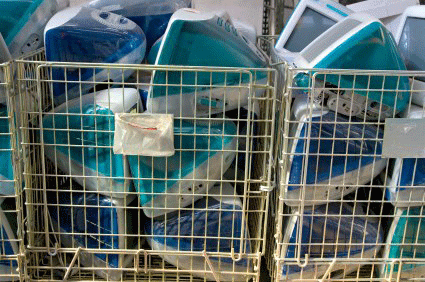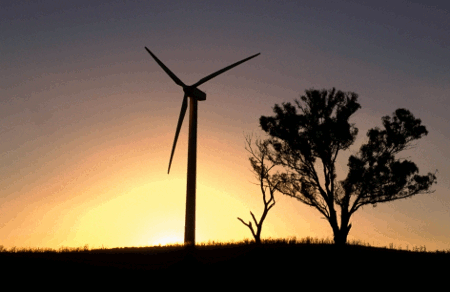
|
Published: 19 September 2011
Case for capping our high level of e-waste contamination
Australian environmental researchers warn that fourteen kinds of heavy metals and toxic flame retardants have been detected in contaminated water draining from landfill sites in Australia.

|
|
Old iMacs at a recycling transfer station: Most of our old computers and TVs end up in landfill, leaching toxic chemicals into the environment. Credit:
hroe/istockphoto
|
Steps should be taken to prevent further leaching, as traces of these metals were also found in groundwater adjacent to the landfills, says Ms Peeranart Kiddee and Professor Ravi Naidu from CRC CARE and The University of South Australia.
‘Most of these materials have probably leaked from electronic waste, which includes old computers, mobile phones, refrigerators, televisions, batteries, wires with flame-retardant casings and more,’ says Prof. Naidu.
‘As e-waste only came into the picture 10 years or so ago, we used to dispose of most of it in landfills. Approximately 84 per cent of e-waste was dumped, with only 10 per cent being recycled in those days.’
Toxic metals measured by the researchers included arsenic, cadmium, cobalt, chromium and zinc.
Water leaching from landfills also contained PBDEs (polybrominated diphenyl ethers), flame-retardant chemicals found in many electronic products. PBDEs are persistent organic pollutants (POPs) and can be highly toxic to both humans and the environment.
‘The content of PBDEs found in Australian landfill leachates is much higher than those from Japan,’ Prof. Naidu says.
‘When groundwater is contaminated it in turn contaminates soil. Both water and soil can be used for growing crops, with the result that the toxins may enter the food chain, which is highly undesirable.
‘It will be very expensive and impractical to excavate what’s already buried, due to the large size of these dumping grounds.
‘What we can do now is find out how extensive the problem is, and develop cost-effective ways to prevent the leaching. One way is to put a cap on the sites, which can minimise the impact of rainfall to them. Another is to erect underground barriers that will absorb and immobilise the pollutants.
Meanwhile, the Australian Government has released for public comment draft regulations for a national TV and computer recycling scheme.
The aim of the proposed regulations – made under the Product Stewardship Act 2011, which came into effect in August 2011 – is to boost the volume of televisions, computers and computer products recycled in Australia to 80 per cent by 2021-22.
Key elements of the draft regulations include:
-
Recycling targets for televisions and computers to start at 30 per cent in 2012-13, rising progressively to 80 per cent by 2021-22
-
Minimum reasonable access requirements to establish national coverage of collection services, which will need to be fully met by June 2013
-
The annual threshold at which an importer or manufacturer is covered by the regulations set at 15 000 units for computer products and 5000 units for televisions and computers.
Submissions can be made up until 10 October 2011.
Source: CRC CARE/Australian Government website



